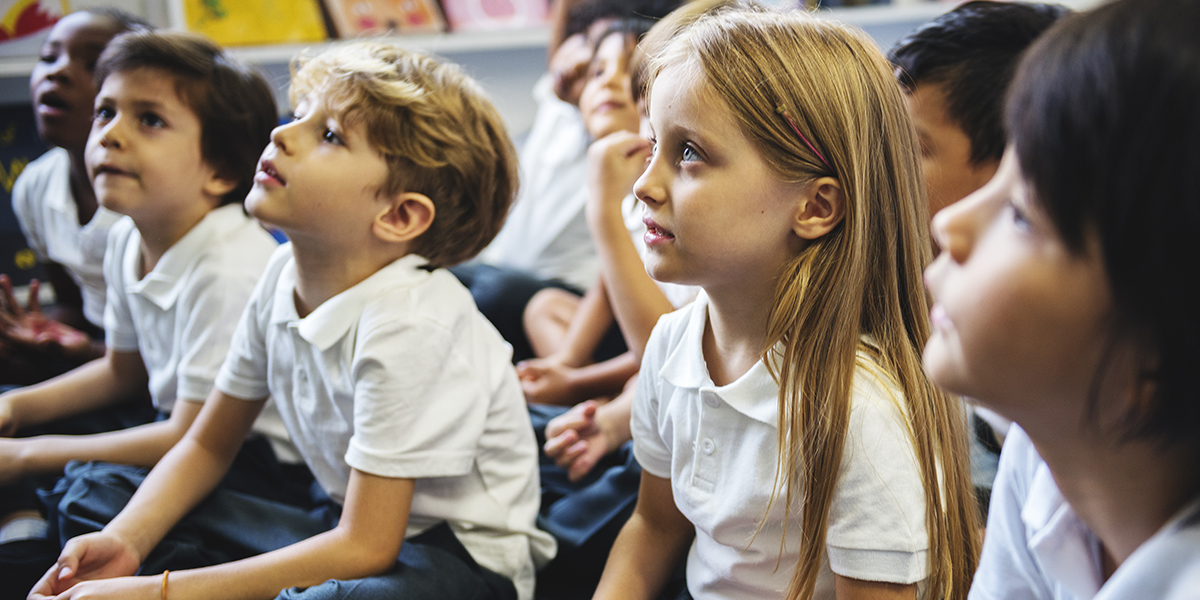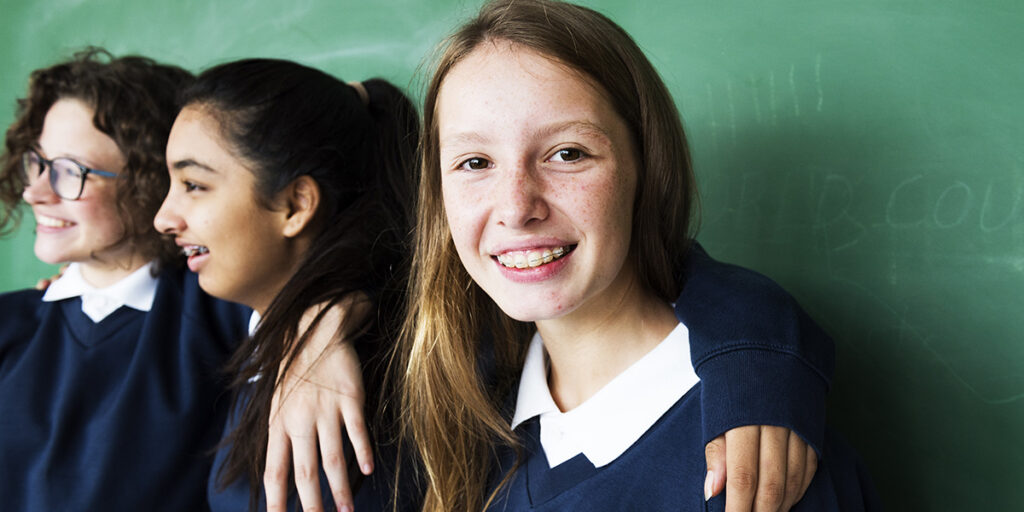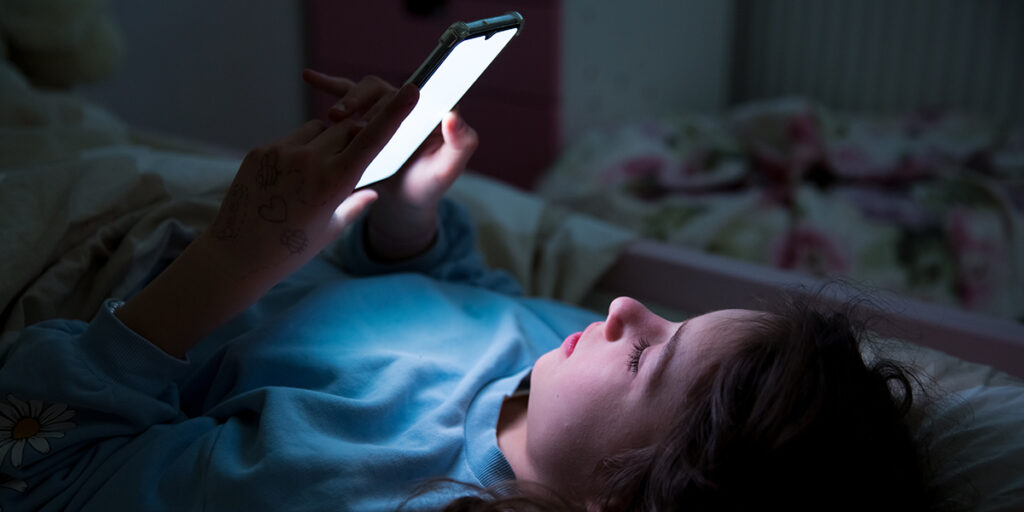There’s no doubt that anxiety is on the rise amongst Australian children and teachers are seeing the impact in the classroom. A recent national survey of over 2000 teachers identified poor mental health, including anxiety, depression and other mental health issues, as the biggest concern facing Australian young people.
The survey by Beyond Blue found that only 1 in 3 teachers believed their schools were mentally healthy, and this figure had decreased markedly since 2022. With staff shortages and increasing workloads, teachers are feeling the pressure.
What is the state of children's mental health in Australia?
Researchers have been reporting a trend of worsening mental health in Australian children over recent decades. A study of Australian pediatricians, for example, saw a significant increase in anxiety diagnoses between 2008 and 2013. Mission Australia and the Black Dog Institute found that young Australians are experiencing higher levels of psychological distress than they were last decade, increasing from 19% in 2012 to 27% in 2020.
In 2013, a large-scale study conducted with a representative sample of children aged 4-17 years found that 1 in 7 children met criteria for a mental health condition, with anxiety being the most common mental disorder in this age group.
How has the pandemic impacted on the mental health of young Australians?
It was clear during the COVID-19 pandemic that lockdowns, social isolation and the move to online learning had a negative impact on student’s mental health. A survey conducted during the initial stages of the pandemic found that 1 in 3 children scored in the high or very high range for emotional symptoms, 1 in 5 were in the clinical range for anxiety symptoms, and 1 in 5 were in the clinical range for depressive symptoms.
While this spike in psychological distress may have subsided when the lockdowns ended, Australian psychologists have seen an ongoing increase in anxiety presentations amongst children and teens since 2020. Teachers are also seeing the impacts of the pandemic reflected in the classroom, with high anxiety and emotional distress resulting in alarming rates of school refusal.
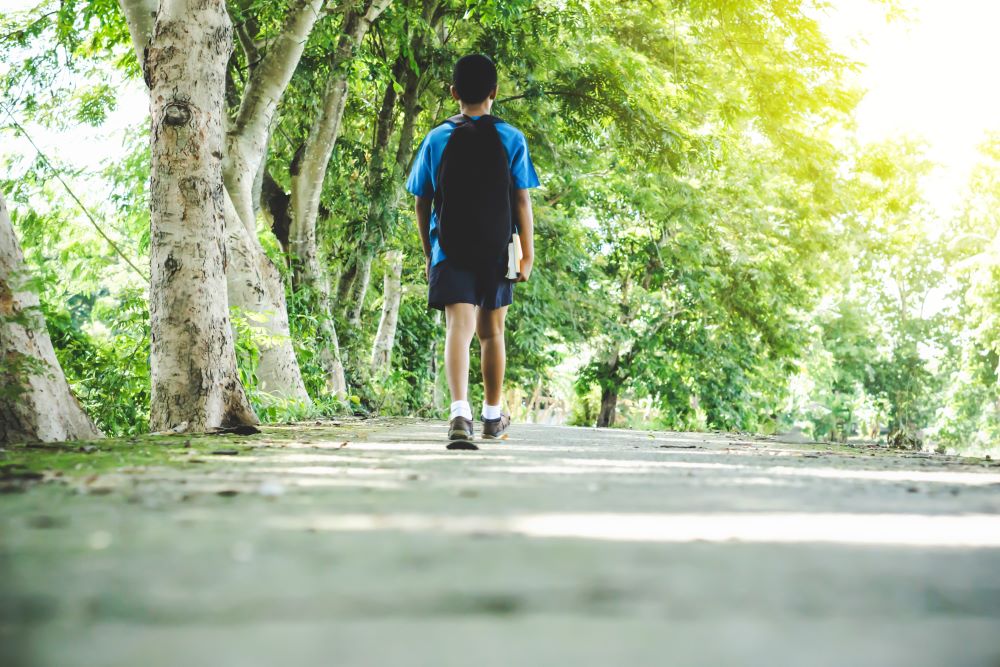
But it’s not all doom and gloom. The pandemic has seen a greater awareness of mental health in the community, and there is now more investment in prevention and early intervention programs to support mental health in schools.
What does anxiety look like in the classroom?
Fears and worries are a typical part of child development, and often resolve as children grow or when an acute stressor has passed. But when fears and worries stick around for more than a few weeks, or they start impacting significantly on a student’s ability to function at school or at home, then it may indicate a more serious mental health issue.
While anxiety presents differently depending on the student’s developmental stage, the signs of anxiety in the classroom may include:
- Perfectionism and worry about making mistakes, which might lead to avoidance of new or challenging tasks.
- Constantly seeking reassurance that they are doing the right thing.
- Frequent headaches, stomach aches or nausea, which might result in many days off school or a lot of time spent in the sick bay.
- Becoming very distressed over mistakes or unexpected changes to routine.
- Difficulty with transitions, such as the transition back to school after holidays, the transition back to the classroom after recess or difficult separating from caregivers.
- Frequent tearfulness.
- Disruptive or aggressive behaviours.
- Becoming overwhelmed when the classroom is loud or busy.
- Appearing restless or fidgety.
- Trouble with attention, concentration or making decisions.
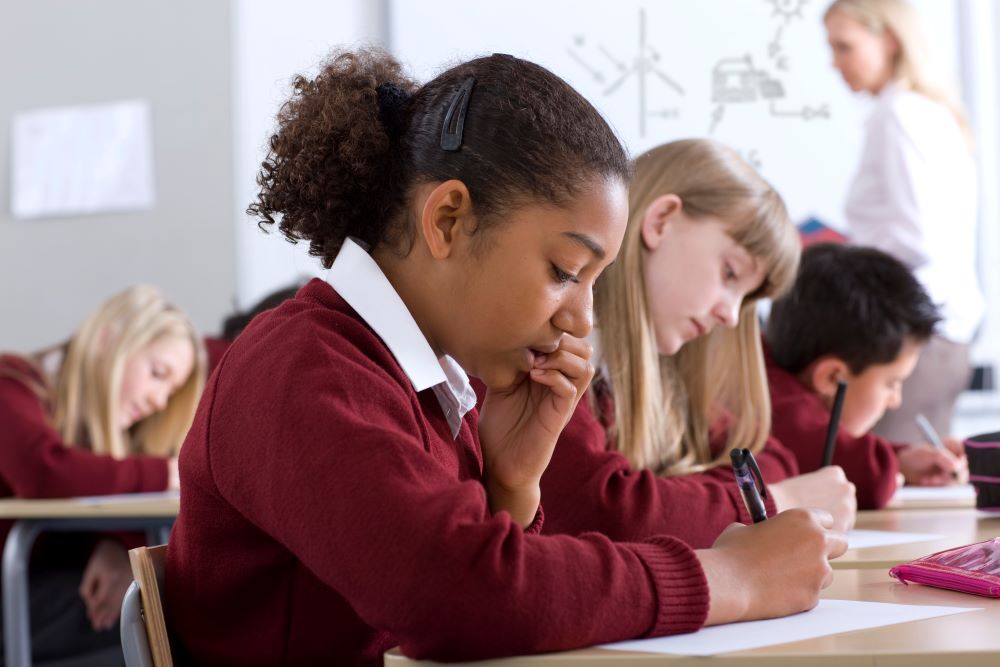
How can teachers support students with anxiety in the classroom?
It’s important for students with anxiety to be linked in with mental health professionals and learning support staff, who can work with the student and family to develop a plan and strategies that meet their needs. Be You has some good tips for raising concerns with families and school staff, to help students access the support they need.
There are also some simple ways that teachers can support a student with anxiety through their daily interactions in the classroom.
1. Create a warm and predictable environment
No matter what a student is dealing with, a warm and predictable environment will help them cope with difficult emotions and come to class knowing they will be safe, secure and supported. Of course, this is not always easy and classrooms can be busy and chaotic places. However, you can do your best to create a calm space, provide consistent routines and rituals, and prepare students for changes to the routine when possible.
2. Notice and validate their emotions
Students will be better able to manage their anxiety when they feel heard and understood. The act of simply noticing their emotions and letting them know you’re okay with those feelings (sometimes referred to as ’emotion coaching’) can have a huge impact on a student’s mental state. Difficult behaviours and escalations can often be avoided when adults take the time to acknowledge a child’s emotion and give them some space to experience it.
Emotion coaching assists with emotional awareness and can make the feelings seem more manageable. Emotion coaching can also build stronger connections between students and teachers and help students to feel more secure in their relationships at school.
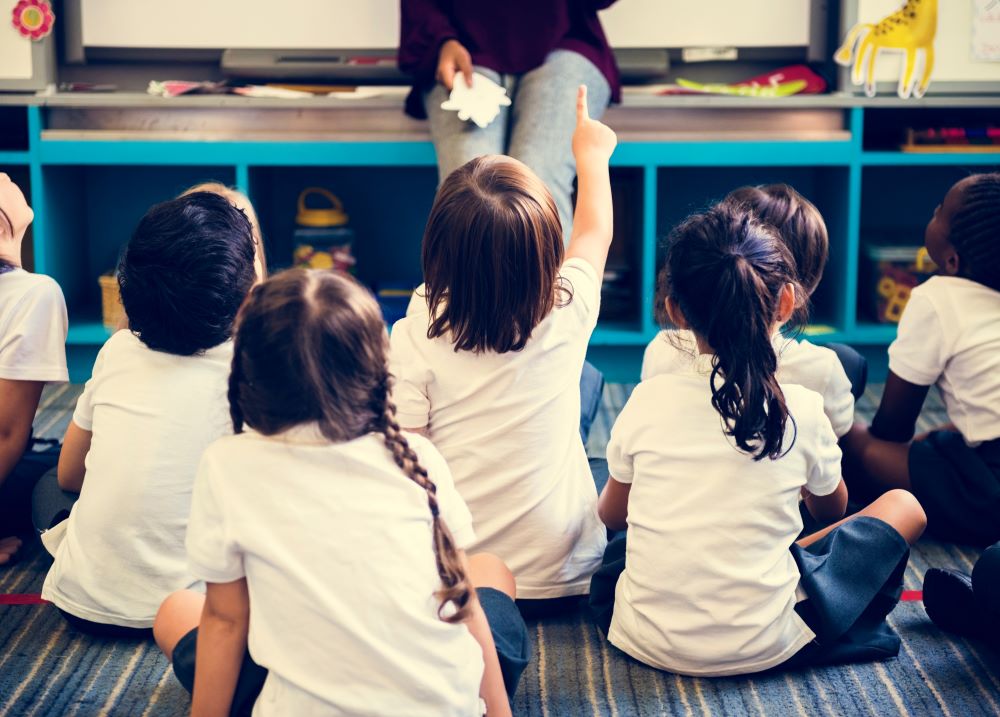
3. Make reasonable adjustments
There’s no doubt that teachers are under constant pressure to meet the emotional needs of their students, while also managing huge teaching loads, reporting requirements and more. However, small adjustments can often make a big difference to a student with anxiety. This may include allowing extra time for tests or assessments, or modifying complex tasks to make them more manageable. If a student has sensory needs then strategies such as noise-cancelling headphones, fidget toys, weighted blankets or quiet spaces can be really beneficial.
Teachers will ideally be led by recommendations from a therapist or learning support team, to ensure the adjustments meet the unique needs of each student.
4. Normalise mistakes
Many students with anxiety feel anxious about making a mistake, and fear negative evaluation from teachers or peers. Educators can help students to manage perfectionism and take risks by focus on their strengths, encouraging effort rather than achievement, and being positive about the role of mistakes in helping us to learn.
5. Model emotion regulations skills
You’ve probably heard the quote by L.R. Knost: “It’s our job to share our calm, not join their chaos”. And this is just as applicable in the classroom as it at home.
One of the most powerful ways to teach emotion management skills is to self-regulate and stay calm in the presence of your students. Many students experience a lot of emotion dysregulation at home, and school may be one of the few places where they experience appropriate emotion regulation and co-regulation with a calm and reliable caregiver.
Where can I find more mental health resources for the classroom?
- Be You has great information and resources to help create mentally healthy learning communities, including professional learning programs for educators;
- Reachout.com offers resources to support student and teacher wellbeing, including a wide range of curriculum-aligned classroom resources;
- The Berry Street Education Model is a fantastic resource for schools, with a strong focus on co-regulation and trauma-informed teaching practices;
- The Unteachables Podcast has great tips to help teachers self-regulate and co-regulate, while also validating the immense challenges faced by teachers;
- Brainstorm Productions is another unique and engaging addition to your school’s wellbeing program, with live theatre performances to support mental health in primary and secondary schools.

